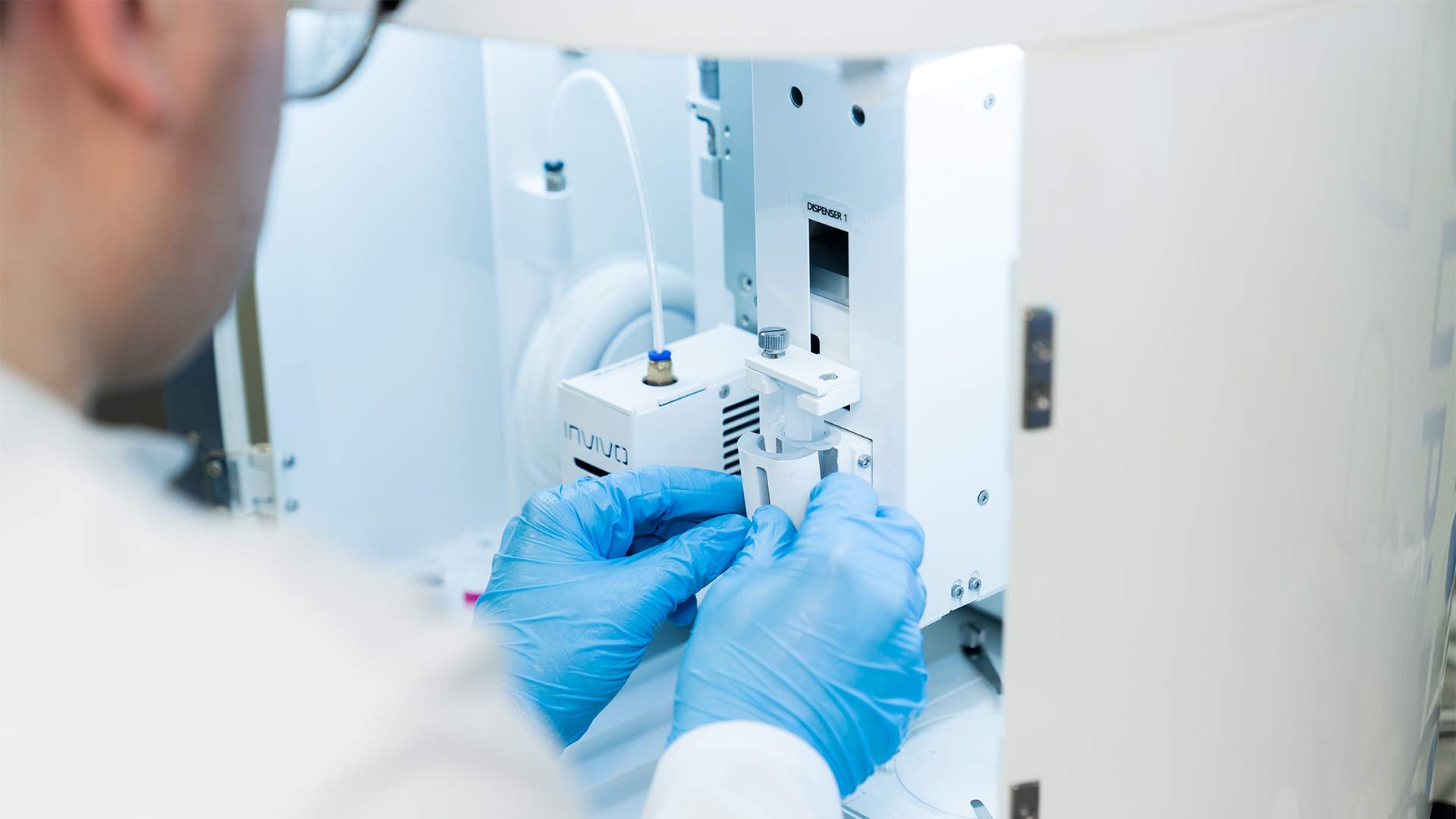- Статьи
- Science and technology
- Cellular time: 3D bioprinting can help treat periodontitis and jaw injuries
Cellular time: 3D bioprinting can help treat periodontitis and jaw injuries

Russian doctors have proposed a new technology for repairing damaged periodontal tissue. Until recently, dentists have been unable to solve this problem in many cases. The technique is based on the creation of a bioequivalent of the destroyed area based on the patient's own cells and other biocompatible materials. This tissue-engineered construction is transplanted to the patient, and it easily takes root, as it is fully compatible with the patient's body. According to dentists, the technique is extremely promising for the treatment of many pathologies of the oral cavity, but it is necessary that the implant was not only effective, but also aesthetic.
Restoration of the periodontium from its own cells
Specialists of the Institute of Stomatology named after E.V. Borovsky and the Institute of Dental Medicine named after E.V. Borovsky. E.V. Borovsky Institute of Dentistry and the Institute of Regenerative Medicine of Sechenov University have developed a new method of repairing periodontal damage - a set of soft and hard tissues that surround the teeth and ensure their attachment to the bone. These include gums, root cement, connective and other types of tissues. Scientists have created a technology to produce a bioequivalent of the destroyed area based on the patient's own cells, biocompatible polymers and spheroids (three-dimensional cellular structures) using 3D-bioprinting. This tissue-engineered construct is fully compatible with the patient's body.
- It is much more than just a transplant - it is a living tissue, related to the patient's body, as it is grown from the patient's own cells. So far, this approach has not been realized anywhere else in the world. It is suitable for restoration of periodontium damaged due to various diseases, and for closing post-traumatic and postoperative defects, - said Svetlana Repina, a dentist, associate professor of the Department of Surgical Dentistry of Sechenov University.
Periodontal defects occur in various diseases and injuries. For example, gingival recession, when the roots of teeth are exposed. Often there is a pathology in which there is bleeding and inflammation of the tissue. However, the changes that occur in the bone, the patient may not notice for a very long time. As a result of lack of treatment , bone destruction occurs, the risk of purulent inflammation increases, which can eventually lead to tooth loss.
According to the Ministry of Health, about a third of all visits to dentists is due to periodontitis. However, it is very difficult to restore already lost structures: artificial materials do not always take root, and the use of the patient's own tissues requires additional, often traumatic operations. It is almost impossible to restore the entire original shape of bone tissue, the structure of the periodontal ligament.
Treatment of pathologies of the oral cavity
According to the technology proposed by doctors, when working with a patient who needs tissue restoration, an individual model of the paradontium is created on the basis of examination data. Then a person's own cells will be used to recreate the necessary fragment using 3D-bioprinting and their "additional growth" in a bioreactor. As a result of the procedure, the patient will receive a full-fledged implant and detailed recommendations from doctors on how to avoid recurrence of the disease.
Now the scientists have received computer tomograms of structures and samples of healthy periodontal tissues from patients who have undergone dental treatment. This is necessary to build its 3D model in the norm and characterize the structure in detail. The next stage will be to create a model of tissue defects around the teeth, which will allow designing the shape and size of bioequivalents.
According to Alena Kulikova, a dental surgeon and assistant of the Department of Therapeutic Dentistry at PFUR, the proposed technology is very promising, as periodontal diseases are becoming more common. The development of treatment methods for gingivitis, periodontitis, gingival recessions is actively carried out all over the world. Treatment of these pathologies in clinics is now quite successful, but rehabilitation of patients afterwards is an urgent problem of modern dentistry.
- Unfortunately, it is often very difficult or not at all possible to replenish the volume of lost tissue. That is why such projects - on periodontal tissue reconstruction - are more than relevant and in demand. This could be a big step forward," she said.
If the project is successful, the quality of life of patients will improve significantly. It will allow for full-fledged not only medical but also social rehabilitation. However, it is not yet clear whether the implant will be not only functional, but also aesthetic and how it will take root in the tissues after prolonged inflammation, the specialist noted.
- Bioprinting technologies in Russia are already showing impressive achievements. And its application in such fields of medicine as dentistry opens new horizons for further development," said Alexander Levin, a member of the Laboratory of Tissue Engineering and Regenerative Medicine at NITU MISIS.
The introduction of bioprinting can help solve a number of global problems, including the shortage of donor organs, but it requires joint efforts of engineers, material scientists, biologists and physicians, the specialist summarized.
The research is being conducted under the Priority-2030 strategic academic leadership program.
Переведено сервисом «Яндекс Переводчик»




